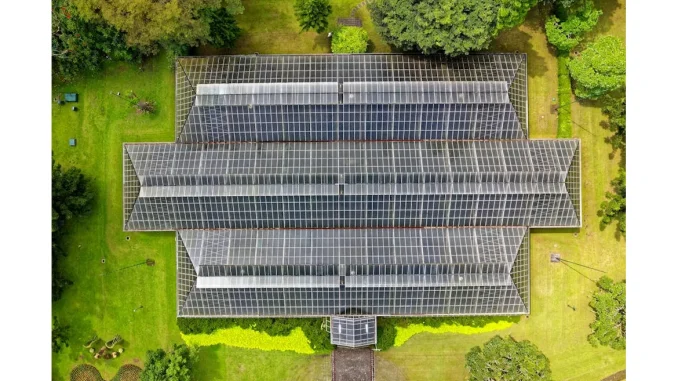
The journey towards sustainable construction within the realm of civil engineering is becoming increasingly defined by the integration of green building certifications. These certifications, most notably LEED (Leadership in Energy and Environmental Design) and BREEAM (Building Research Establishment Environmental Assessment Method), transcend mere accolades. They constitute comprehensive frameworks that guide construction projects towards enhanced energy efficiency, sustainability, and eco-friendliness. As the construction industry progressively shifts towards a sustainable future, these certifications are central in addressing the multifaceted benefits and inherent challenges of sustainable building practices.
Green building certifications serve as more than just a testament to a project’s environmental stewardship; they are emblematic of broader sustainability within the construction industry. Adhering to the rigorous criteria set forth by these certifications not only enhances the overall sustainability of projects but also contributes to a healthier environment for occupants. These standards promote key principles such as improved indoor air quality, the utilisation of renewable energy sources, water conservation, and sustainable material use, setting high benchmarks for environmentally conscious construction practices.
The influence of green building certifications extends well beyond environmental advantages, significantly impacting a project’s reputation and marketability. Certifications like LEED and BREEAM enjoy global recognition and attract clients who prioritise sustainability, thereby distinguishing projects in an increasingly competitive market. Demonstrating a commitment to sustainability through these certifications exemplifies ethical responsibility, leading to long-term operational cost savings and a reduced carbon footprint. The potential to attract environmentally conscious clients further enhances a project’s standing, providing a competitive edge in the marketplace.
Nevertheless, the path to implementing green building certifications is not devoid of challenges. One primary obstacle is the complexity of the requirements and the financial implications associated with meeting these certification standards. Detailed planning, effective execution, stakeholder collaboration, and continuous monitoring and reporting are essential components for successful integration. Partnering with experienced professionals and providing ongoing training are crucial in navigating the intricate landscape of sustainable building practices. Furthermore, the challenges can vary depending on project scale and local regulations, necessitating careful manoeuvring to balance certification requirements with regional laws.
The importance of continuous education on sustainability cannot be overstated, as public awareness of green building benefits rises. This education drives widespread adoption and compliance with certification standards, ensuring that the principles of sustainability are thoroughly ingrained within the industry. The robust implementation of green building certifications necessitates a multifaceted strategy, encompassing training to ensure compliance, regular monitoring and reporting to uphold certification status, and ongoing education on green building practices. Collaboration with experienced professionals and adherence to local regulations are vital to successfully integrating these certifications into projects.
Incorporating green building certifications in civil engineering projects underscores the industry’s commitment to sustainability and environmental consciousness. These certifications serve as benchmarks for evaluating the environmental friendliness of construction endeavours, emphasising energy efficiency, resource conservation, and overall environmental impact mitigation. They drive innovation in construction practices, standardise sustainable building methods across projects, and align with sustainable development goals to address environmental concerns within construction endeavours.
Ultimately, the integration of green building certifications within civil engineering projects is about more than meeting standards; it represents a transformative approach to the industry. These certifications embody a commitment to a sustainable future, ensuring that every building constructed today contributes positively to the environment. By embracing these standards, the construction industry can innovate and evolve, setting a precedent for others in the pursuit of a greener world. The journey towards sustainable construction through green building certifications, while fraught with challenges, is undoubtedly rewarding. It necessitates a dedicated approach, continuous education, and collaboration among stakeholders. The myriad benefits, ranging from environmental stewardship to market differentiation, make this journey worthwhile. As the construction industry continues to embrace these certifications, the path to a sustainable future becomes ever clearer, promising a healthier and more sustainable built environment for future generations.


Be the first to comment